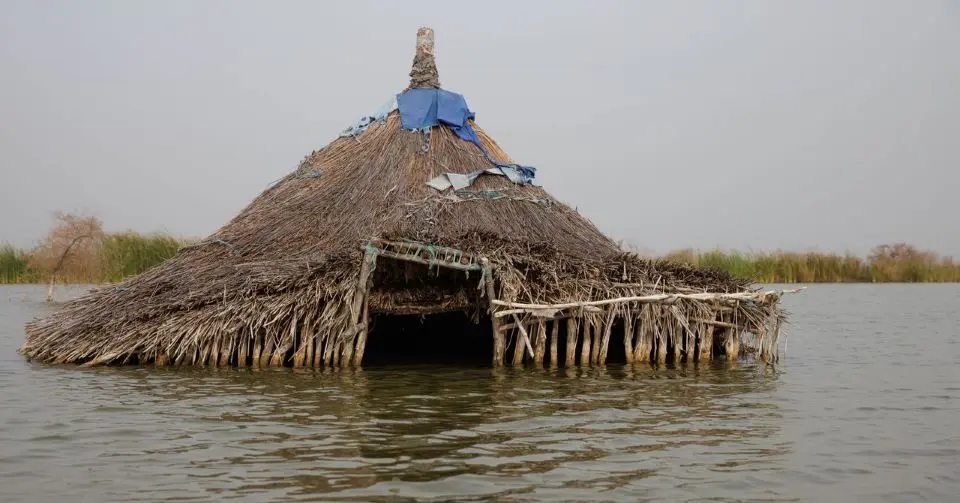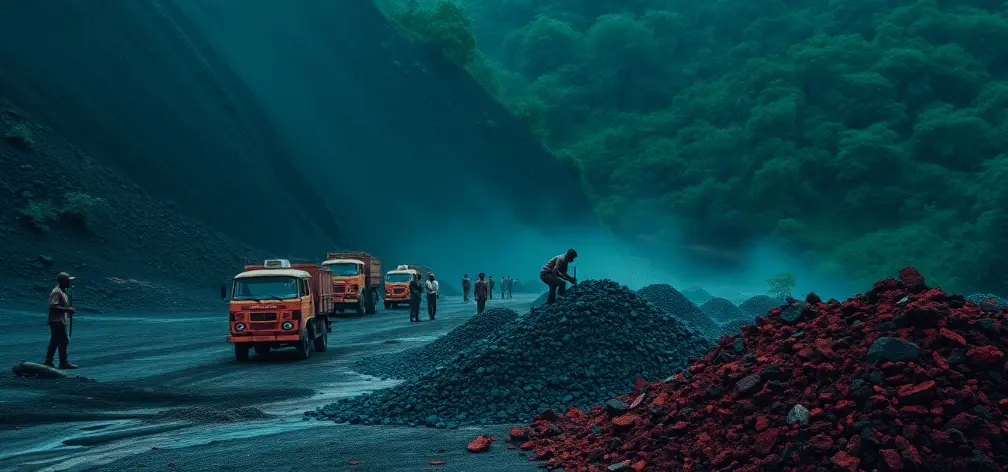Climate change alters our world in various ways, including how and where people can live. Severe weather events, both natural and human caused, are becoming more frequent and severe, will displace millions of people and make them choose to leave their homes. In fact, in just the last decade, an estimated 220 million people have been displaced by severe weather disasters worldwide; this is the equivalent of almost 60,000 people displaced every day!
Many myths about climate change and displacement also create misunderstandings but also ineffectual or wrong policy and response. Some believe climate change would include mass cross-border movement, such as climate refugees or climate migrants, while others reject any connection. Being informed about the facts will help us make better decisions in response to the displacement of people as it continues to manifest itself into a more serious issue.
International (UN) and organizations like the UN are looking at ways to protect people impacted by climate events, and how do, or develop resilience for communities from the effects of future climate change. Separating myths from facts will ultimately prepare us to respond to climate displacement in the future, which is going to be a higher priority for populations in the future.
Understanding Climate Change and Displacement
Climate change is changing our world in significant ways, potentially affecting our ecosystems and future habitats for human beings as well. The relationship between climate change and the mobility of people is complex and involves many significant variables. Climate change can and does (and will) displace people from their homes, sometimes temporarily, and in many cases permanently.
The Link Between Climate Change and Human Movement
Climate change is a source of displacement and a factor that aggravates other challenges. When extreme weather occurs or the incremental impacts of climate change make a location unlivable, people must relocate. But this is usually not a situation in which people decide to leave or relocate. Most of the time, people attempt to adapt to climate change impacts for as long as they can.
Findings indicate that climate-driven migration is predominantly occurring within country borders and rarely across boundaries. This runs counter to many of the “refugee” myths the literature suggested should arise by climate change impacts.
People rarely co-locate because of climate alone; people respond to climate effects alongside other factors that are economic, social, and political in nature, that promote or amplify reasons to move.
Types of Displacement: Temporary, Permanent, and Internal
Climate displacement takes different forms depending on the trigger and circumstances:
- Temporary displacement: After floods or storms, many people return once conditions improve
- Permanent relocation: Some places become permanently unlivable due to sea level rise or desertification
- Internal displacement: The vast majority (nearly 60%) of climate-related movement happens within national borders
Many displaced people settle in nearby cities rather than traveling internationally. This urban migration creates new challenges for growing city populations.
Planned relocation is becoming more common as communities face inevitable environmental changes. Some small island nations are already developing strategies for their entire populations.
Key Drivers: Extreme Weather Events, Sea Level Rise, and Droughts
Several climate factors trigger displacement:
Sudden-onset events:
- Hurricanes and cyclones
- Flooding
- Wildfires
Slow-onset changes:
- Rising sea levels threatening coastal communities
- Prolonged droughts affecting food production
- Desertification making agriculture impossible
These environmental changes affect food security, water availability, and livelihoods. When farmers can’t grow crops or fishers can’t fish, they often have no choice but to move.
Health impacts also drive displacement. Climate change expands the range of disease-carrying insects and creates conditions where illness can spread more easily.
Who Is Most Vulnerable? Populations at Risk
Not everyone experiences the same risk of climate displacement. Vulnerable groups are:
People in poverty have fewer resources to adapt in place or to relocate safely, and they are often located in the areas most at-risk to climate hazards (i.e. floodplains or displaced hillsides).
Residents of small island developing states are facing existential threats from rising sea levels. It is possible that within decades, some islands will become completely uninhabitable.
Rural communities dependent on agriculture are vulnerable to changing weather patterns and extreme events. When it becomes impossible to grow crops for a second or third consecutive season, significant numbers of rural residents will migrate to urban areas.
Indigenous peoples often have deep connections to their ancestral lands, making displacement particularly devastating. However, they also possess valuable traditional knowledge about adaptation.
Children and the elderly face special risks during displacement, including disrupted education and healthcare needs.
Debunking Myths and Revealing the Facts
Many misconceptions exist about how climate change affects human displacement. Understanding the reality helps us develop better strategies to protect vulnerable communities.
Fact: The Role Of Conflict, Inequality, And National Security
Climate change acts as a “threat multiplier” that exacerbates existing problems. Poor communities are less equipped to respond to and recover from disasters such as drought, heat waves, and extreme weather.
There are multiple forms of conflict, and not all civil unrest responds to climate change, but climate can absolutely worsen tensions. In Syria, drought reduced food access, contributing to civil unrest, but those conflicts had other causes, including government policies, social inequalities, and complex interactions.
Military experts are increasingly treating climate change as a component of national security, assuming that rising temperatures and unstable weather systems could destabilize regions that are already prone to violence and conflict, typically over resources. Most displacement for migrants from climate disasters occurs as internal (in-country) movement. Countries that have sufficient built infrastructure, effective disaster recovery procedures, and social safety net systems saw far less displacement compared to nations that lacked all three. In a nutshell, inequality reinforces how people must move away before they leave their homes and places of belonging.
Myth: All Displaced Persons Become Climate Refugees
Not everyone who is displaced due to climate impacts becomes a refugee who has crossed international borders, and “climate refugee” is not a recognized term in most international law.
Most climate-related movements do not cross international borders. Instead, migrants make lateral movements, choosing cities and regions that take them away from their origin. Sometimes displaced persons move to locations where they know people, so they are not completely alone in a new place.
Patterns of movement are broad and varied. Some climate-related displacement is seen as temporary, such as relocating after a disaster passes. Some displacement is gradual, such as repeated failures of a season’s harvest, whose success depends on water sources that are eroding, depleting underground moisture that once existed.
Additionally, climate-related impacts are substantial on other dimensions, like individual and collective mental health, and community cohesion. Feeling the need to move to avoid potential disaster may emerge while recognizing that danger does not always require that they “leave home or “evacuate from home” using their judgment of risk.


